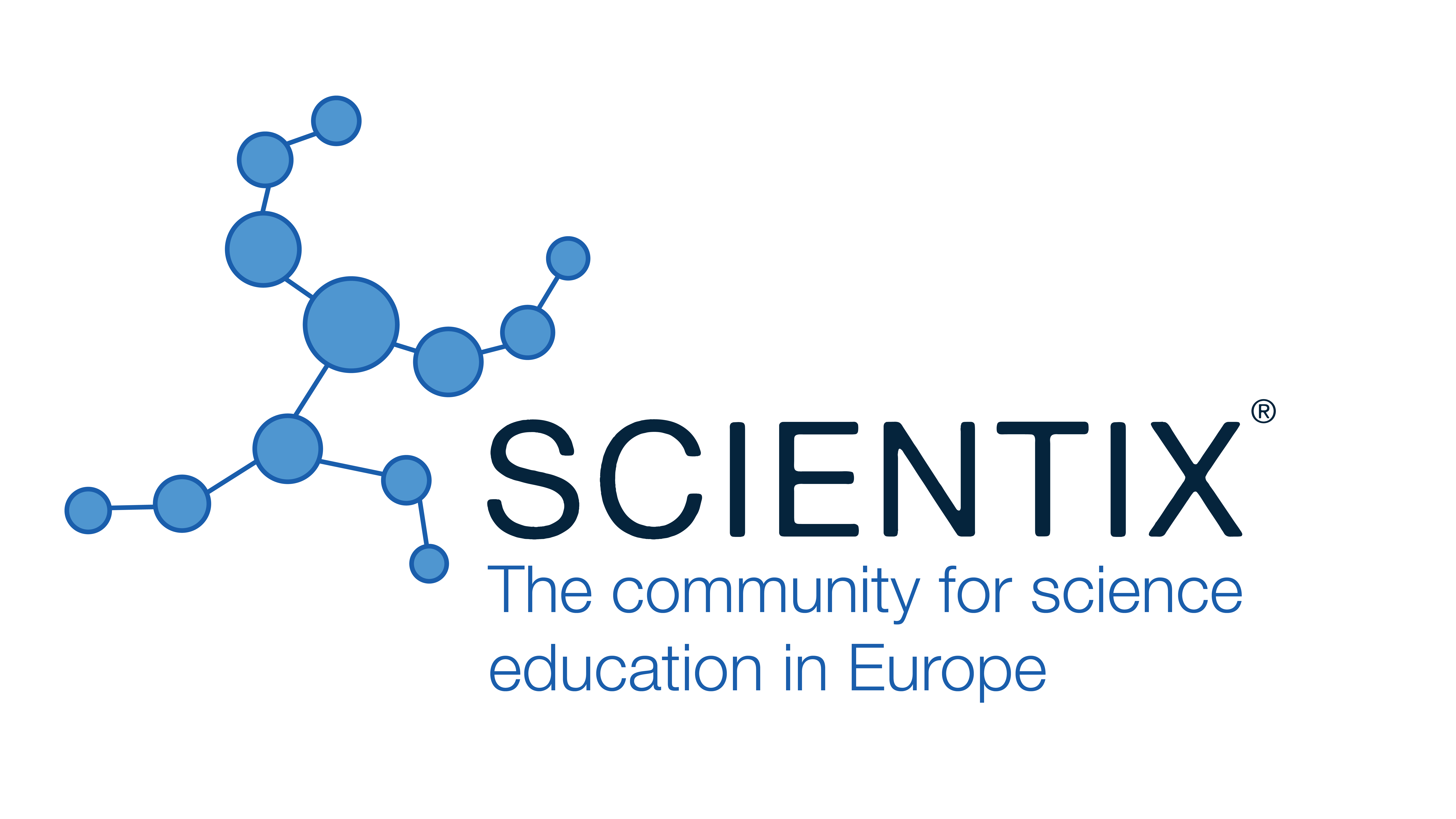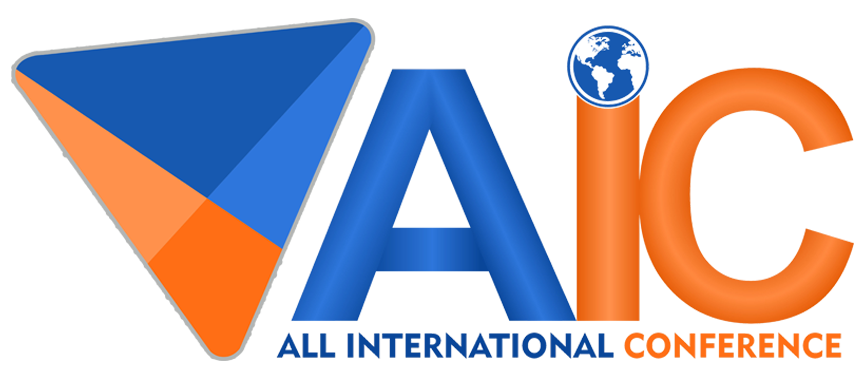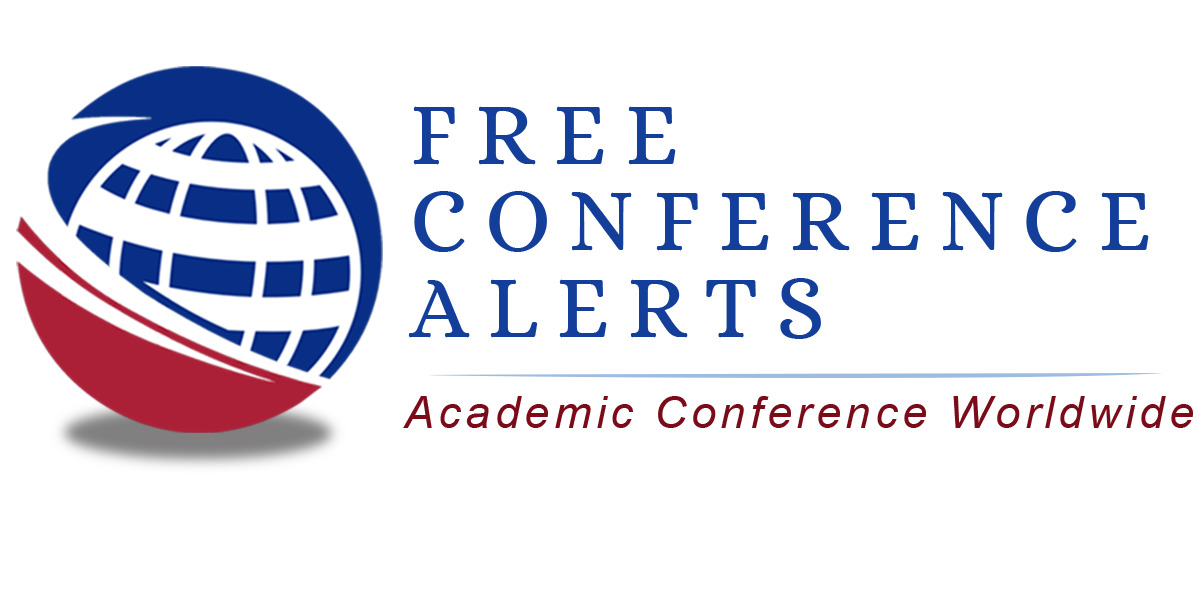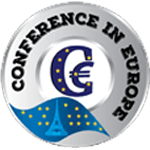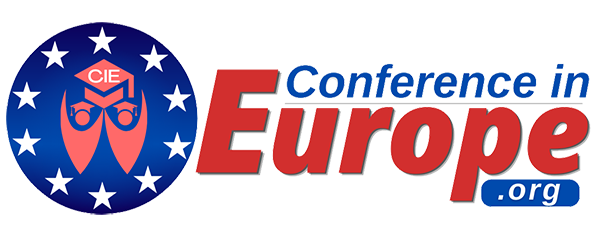Approaching Fluorescence Sensors in Chemistry Education: Detection of Iron(III)-Ions Applying Carbon Quantum Dots
Edwin Bogdan, Georg-August-Universität Göttingen (Germany)
Thomas Waitz, Georg-August-University Göttingen (Germany)
Abstract
The determination of heavy metal ions can be used in a variety of contexts: For example, a relationship has been identified between various disease patterns and an oversupply or undersupply of iron(III) ions, which makes it important to examine the iron(III) content of samples. [1] In this context, carbon quantum dots are focused by current research: Some carbon quantum dots show a characteristic fluorescence in aqueous solutions which is extinguished in the presence of iron(III) ions. By using fluorescence spectroscopy and measuring fluorescence intensities in presence and absence of iron(III) ions, a linearized graph can be created determining very low iron(III) ion concentrations in aqueous solutions.[1] In this paper, we present new hands-on approaches and models to teach fluorescence sensing with carbon quantum dots augmenting previous work in chemistry education.[2-3] Referring to the principles of Green Chemistry, we apply naturally available and non-toxic precursors suitable for school purposes. Furthermore, the experiments presented in this paper give an opportunity to bridge the gap between schools and universities: They implement measurement methods like fluorescence spectroscopy and topics of current research which can be connected to curricular relevant contents.
|
Keywords |
carbon quantum dots, sensing, heavy metal detection |
|
REFERENCES |
[1] Xiang, Z., Jiang, Y., Cui, C., Luo, Y. & Peng, Z. (2022). Sensitive, Selective and Reliable Detection of Fe3+ in Lake Water via Carbon Dots-Based Fluorescence Assay. Molecules, 27(19). https://doi.org/10.3390/molecules27196749. [2] Schneider, E. M., Bärtsch, A., Stark, W. J. & Grass, R. N. (2019). Safe One-Pot Synthesis of Fluorescent Carbon Quantum Dots from Lemon Juice for a Hands-On Experience of Nanotechnology. Journal of Chemical Education, 96(3), 540–545. https://doi.org/10.1021/acs.jchemed.8b00114. [3] Wu, F., Zhang, R. & Zhou, J. (2024). Shrimp-Shell-Derived Carbon Dots for Quantitative Detection by Fluorometry and Colorimetry: A New Analytic Chemistry Experiment for University Education. Journal of Chemical Education, 101(7), 2784–2789. https://doi.org/10.1021/acs.jchemed.3c00329. |
 New Perspectives in Science Education
New Perspectives in Science Education







